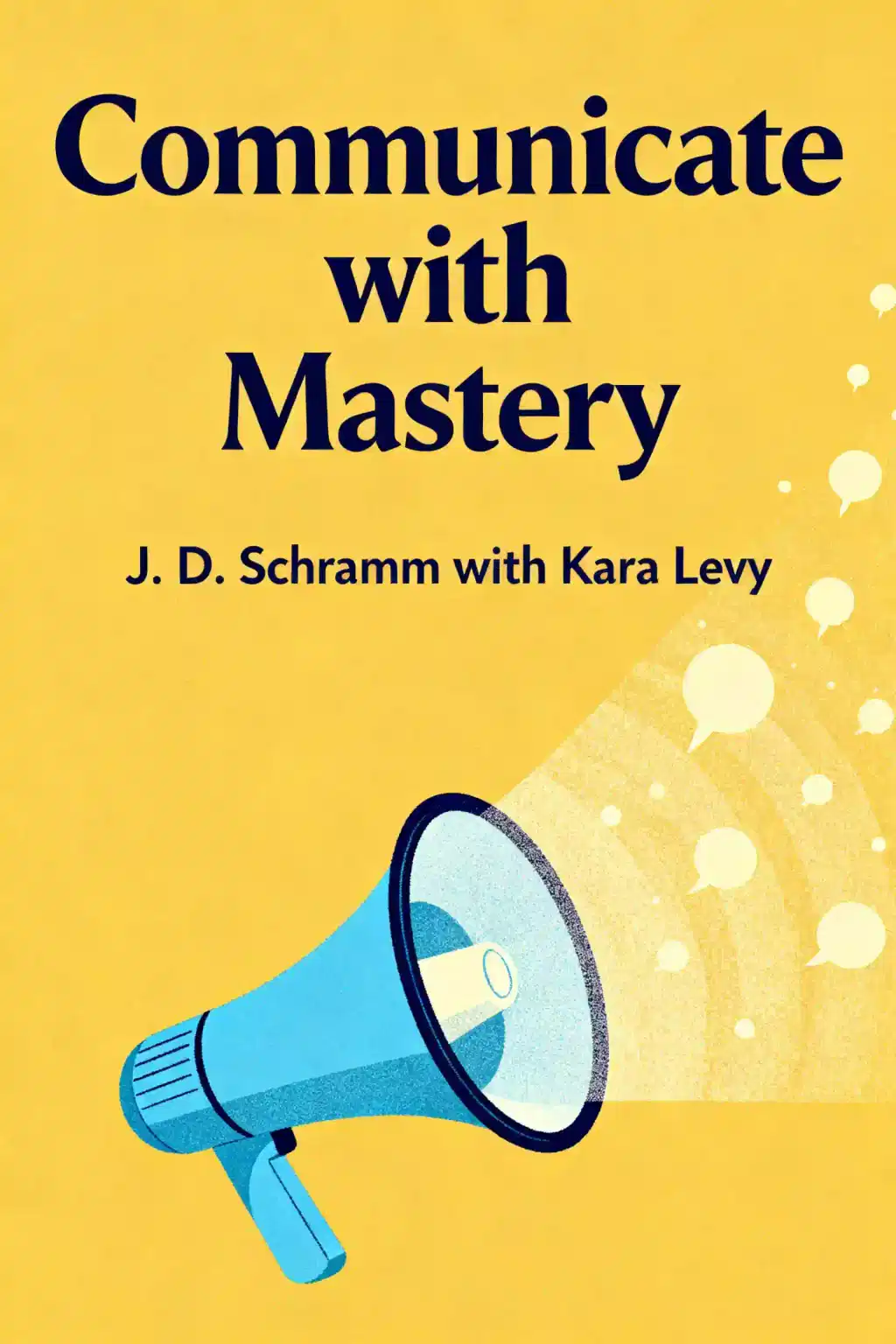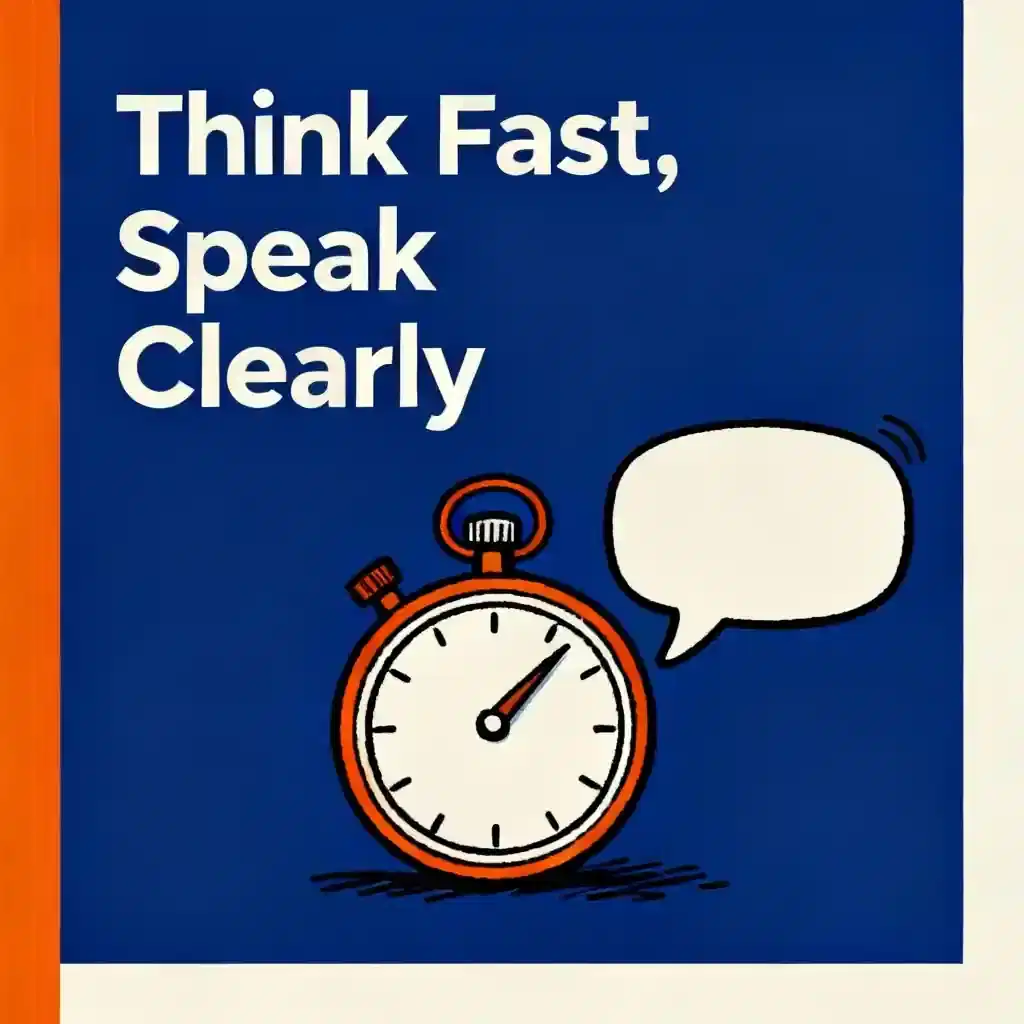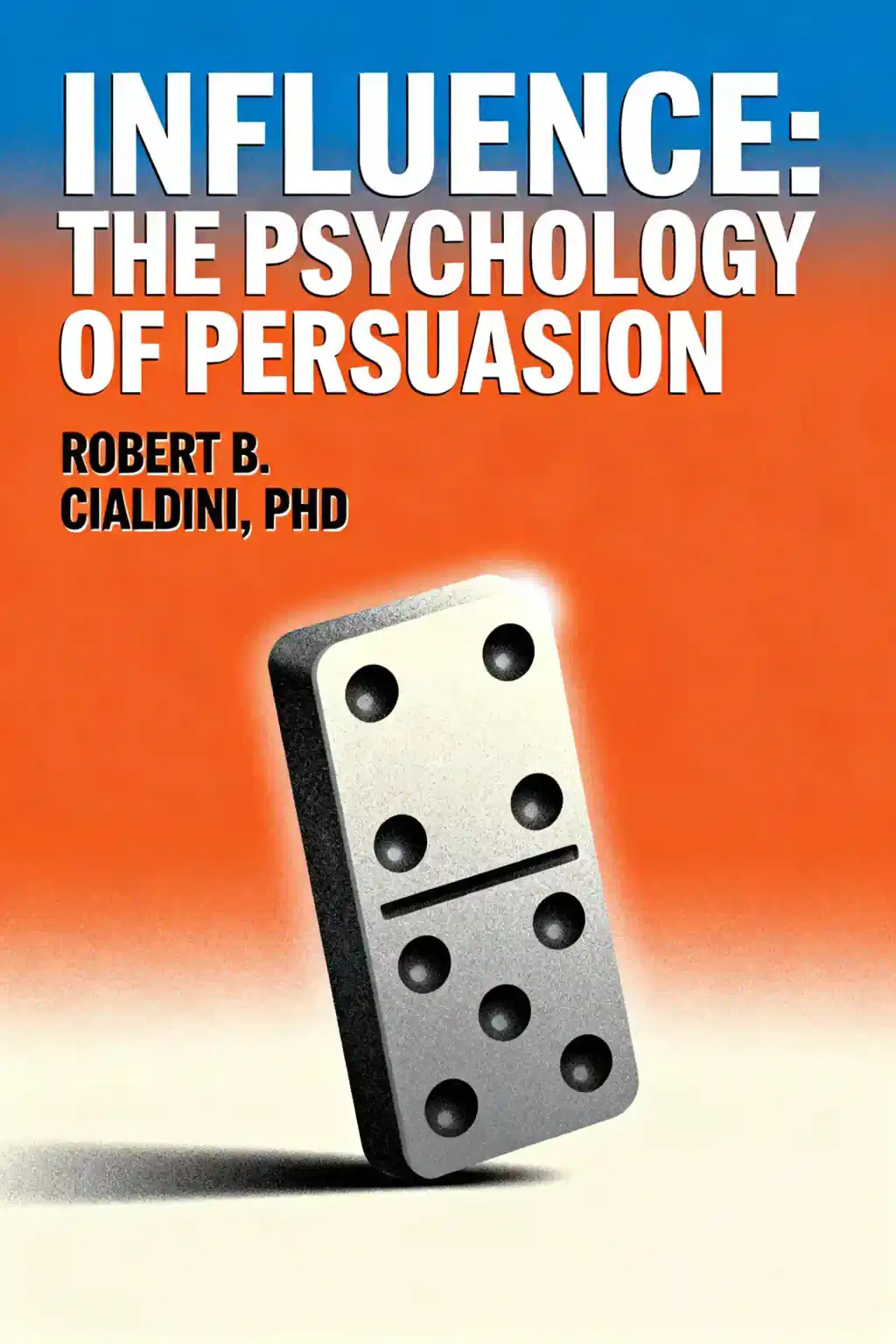What is
Get to the Point! by Joel Schwartzberg about?
Get to the Point! is a practical guide to crafting clear, impactful communication by focusing on a central proposition of value. Joel Schwartzberg teaches readers to identify, refine, and persuasively deliver their core message across contexts like speeches, emails, and meetings. The book emphasizes actionable strategies like the "Three-Step Test" and prioritizing persuasion over passive sharing.
Who should read
Get to the Point!?
Professionals, leaders, and anyone seeking to improve their communication skills will benefit from this book. It’s particularly useful for those delivering presentations, writing emails, or advocating ideas in workplace settings. Students and public speakers also gain tools to structure arguments effectively.
Is
Get to the Point! worth reading?
Yes—this award-winning book (IBPA Benjamin Franklin Award, Next Generation Indie Award) provides concise, actionable advice for cutting through noise in communication. Endorsed by thought leaders like Seth Godin, it’s praised for transforming vague ideas into compelling messages with real-world applicability.
What is the "Three-Step Test" in
Get to the Point!?
Schwartzberg’s framework ensures your message is robust:
- I Believe That: State your core contention.
- So What: Clarify its relevance.
- Why: Provide evidence or reasoning.
This test sharpens focus and persuasiveness, helping avoid ambiguous or ineffective communication.
How does Joel Schwartzberg define a "point" in communication?
A "point" is not merely a topic or idea—it’s a provable proposition of value that drives action. For example, "Remote work boosts productivity" becomes a point when supported by data and framed as a contention, not just a theme.
What strategies does
Get to the Point! offer for professional settings?
The book advises:
- Sell, Don’t Share: Use persuasive language, not just facts.
- Stay on Point: Avoid tangents with a pre-defined message anchor.
- Audience Alignment: Tailor points to listeners’ priorities.
These tactics enhance meetings, pitches, and leadership communication.
How does
Get to the Point! compare to other communication guides?
Unlike theoretical guides, Schwartzberg focuses on actionable brevity, offering drills and exercises for immediate use. It’s often paired with classics like Harvard Business Review articles for its hands-on approach to persuasive messaging.
What are key takeaways from
Get to the Point!?
- Prioritize clarity over complexity.
- Use stories and data to prove your point.
- Practice the "I Believe That" test before every communication.
- Cut filler language to maintain focus.
How can readers apply
Get to the Point! to email writing?
Schwartzberg recommends:
- Start with your ask or key message.
- Use the "So What" test to justify its importance.
- Trim unrelated details.
This reduces confusion and improves response rates.
What is Joel Schwartzberg’s background in communication training?
A National Forensic Association Hall of Fame inductee, Schwartzberg has coached executives at PBS, Nickelodeon, and nonprofits. His expertise blends competitive public speaking experience with corporate communication strategies, detailed in his Harvard Business Review articles.
What awards has
Get to the Point! won?
The book received the IBPA Benjamin Franklin Award (silver) and Next Generation Indie Award (How-To category). Judges praised its actionable framework for transforming vague ideas into persuasive messages.
How does
Get to the Point! address modern communication challenges?
Schwartzberg tackles distractions in digital-heavy environments by teaching readers to cut through noise with brevity and focus. The techniques are tailored for virtual meetings, slides, and succinct pitches—critical skills in 2025’s fast-paced workplaces.


















